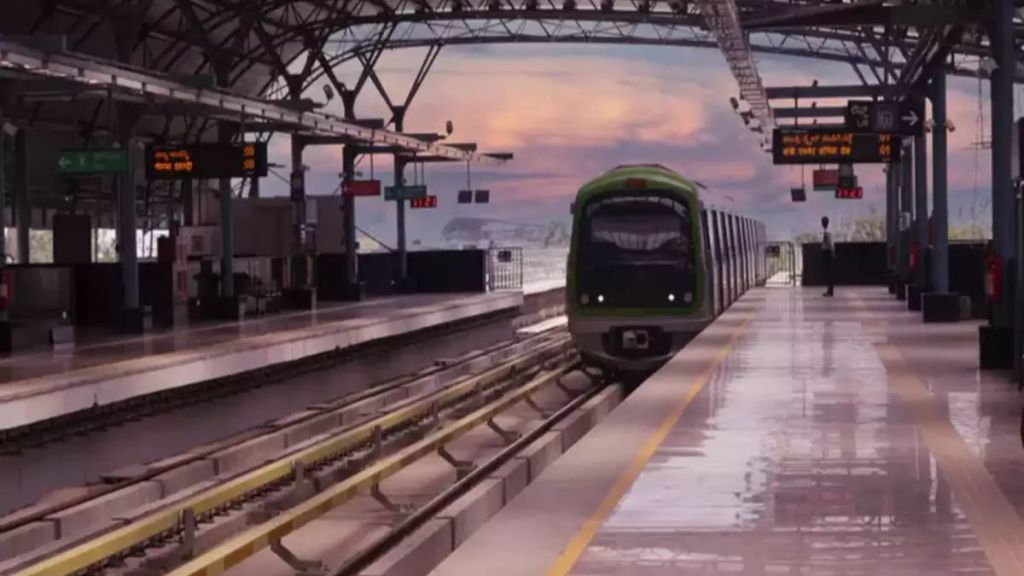The Punjab and Haryana governments, along with representatives of the Chandigarh administration, on Tuesday held a meeting and approved the Tricity Metro Project’s first phase. The 23-member Unified Metro Transportation Authority (UMTA) also decided to extend the scope of the project for the first phase from 66 to 77 km.
According to the new plan, the first phase of Tricity Metro Project will begin from Parol in New Chandigarh (Mohali) and end at Panchkula Extension in Sector 20. Under Phase 1 of the project – Chandigarh will see 35 kilometres of network, Panchkula will have 11 km, and Mohali/New Chandigarh will have 31 kms.
All about Tricity Metro Project’s first phase
Notably, the first phase of Tricity Metro Project will be developed from 2027 to 2037. In the meeting it was decided that the Metro network will be developed on three routes —
- Parol, Sarangpur, ISBT Panchkula to Panchkula Extension (29 km)
- Rock Garden to ISBT Zirakpur via Industrial Area and Chandigarh Airport (35 km)
- From Grain Market Chowk, Sector 39, to Transport Chowk, Sector 26 (13 km)
Moreover, the second phase will be developed after 2037. Under this phase the metro network will be set up on Airport Chowk to Manakpur Kallar (5 km) and ISBT Zirakpur to Pinjore (20 km).
In the meeting it was also decided unilaterally to assign work to RITES for compiling a detailed project report and an annual analysis report for the project.
A senior official of the UT administration informed that majority of the project will be overground, however, a final decision on the same will be taken during the preparation of the DPR.
According to the estimation done by RITES, the cost of preparing the detailed project report, which is expected to be ready by March 2024, for this project will be around Rs 6.54 crore. Once the DPR is ready the authorities will seek further permissions to begin construction of the project.
A per the estimated, the tentative cost of the overall project has been pegged to be around Rs 10,570 crore. It was decided that 20 per cent of the project will be paid by the states, 20 per cent by the Centre, with the remaining 60 per cent being financed by a lending agency.

